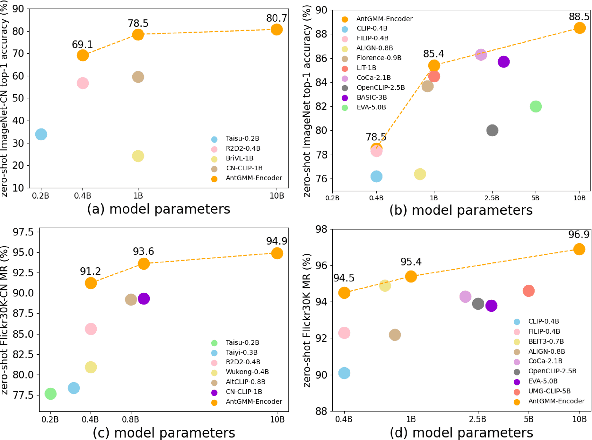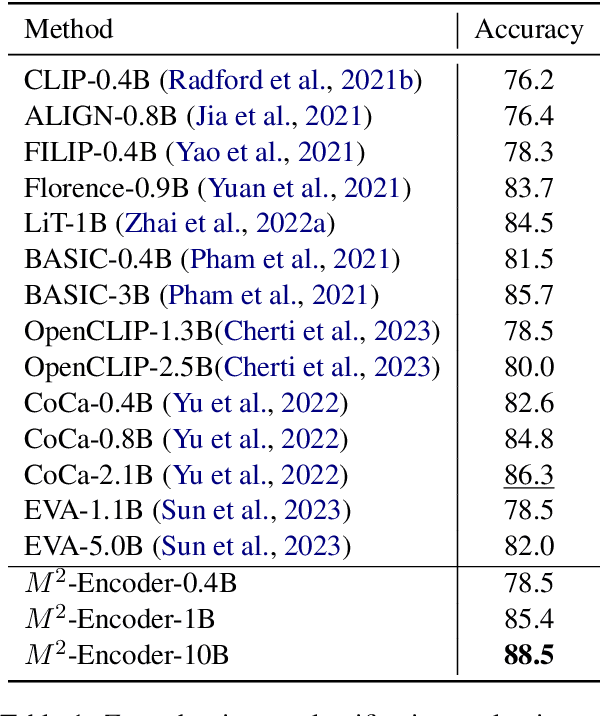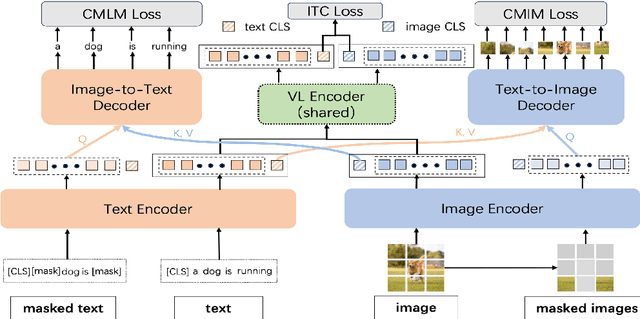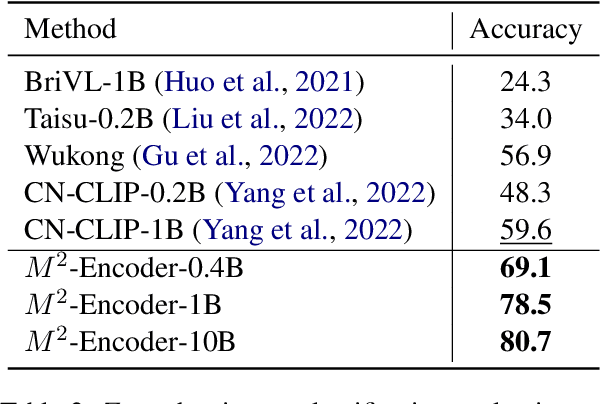Ziping Ma
M2-omni: Advancing Omni-MLLM for Comprehensive Modality Support with Competitive Performance
Feb 26, 2025Abstract:We present M2-omni, a cutting-edge, open-source omni-MLLM that achieves competitive performance to GPT-4o. M2-omni employs a unified multimodal sequence modeling framework, which empowers Large Language Models(LLMs) to acquire comprehensive cross-modal understanding and generation capabilities. Specifically, M2-omni can process arbitrary combinations of audio, video, image, and text modalities as input, generating multimodal sequences interleaving with audio, image, or text outputs, thereby enabling an advanced and interactive real-time experience. The training of such an omni-MLLM is challenged by significant disparities in data quantity and convergence rates across modalities. To address these challenges, we propose a step balance strategy during pre-training to handle the quantity disparities in modality-specific data. Additionally, a dynamically adaptive balance strategy is introduced during the instruction tuning stage to synchronize the modality-wise training progress, ensuring optimal convergence. Notably, we prioritize preserving strong performance on pure text tasks to maintain the robustness of M2-omni's language understanding capability throughout the training process. To our best knowledge, M2-omni is currently a very competitive open-source model to GPT-4o, characterized by its comprehensive modality and task support, as well as its exceptional performance. We expect M2-omni will advance the development of omni-MLLMs, thus facilitating future research in this domain.
M2-Encoder: Advancing Bilingual Image-Text Understanding by Large-scale Efficient Pretraining
Feb 04, 2024



Abstract:Vision-language foundation models like CLIP have revolutionized the field of artificial intelligence. Nevertheless, VLM models supporting multi-language, e.g., in both Chinese and English, have lagged due to the relative scarcity of large-scale pretraining datasets. Toward this end, we introduce a comprehensive bilingual (Chinese-English) dataset BM-6B with over 6 billion image-text pairs, aimed at enhancing multimodal foundation models to well understand images in both languages. To handle such a scale of dataset, we propose a novel grouped aggregation approach for image-text contrastive loss computation, which reduces the communication overhead and GPU memory demands significantly, facilitating a 60% increase in training speed. We pretrain a series of bilingual image-text foundation models with an enhanced fine-grained understanding ability on BM-6B, the resulting models, dubbed as $M^2$-Encoders (pronounced "M-Square"), set new benchmarks in both languages for multimodal retrieval and classification tasks. Notably, Our largest $M^2$-Encoder-10B model has achieved top-1 accuracies of 88.5% on ImageNet and 80.7% on ImageNet-CN under a zero-shot classification setting, surpassing previously reported SoTA methods by 2.2% and 21.1%, respectively. The $M^2$-Encoder series represents one of the most comprehensive bilingual image-text foundation models to date, so we are making it available to the research community for further exploration and development.
SyCoCa: Symmetrizing Contrastive Captioners with Attentive Masking for Multimodal Alignment
Jan 04, 2024



Abstract:Multimodal alignment between language and vision is the fundamental topic in current vision-language model research. Contrastive Captioners (CoCa), as a representative method, integrates Contrastive Language-Image Pretraining (CLIP) and Image Caption (IC) into a unified framework, resulting in impressive results. CLIP imposes a bidirectional constraints on global representation of entire images and sentences. Although IC conducts an unidirectional image-to-text generation on local representation, it lacks any constraint on local text-to-image reconstruction, which limits the ability to understand images at a fine-grained level when aligned with texts. To achieve multimodal alignment from both global and local perspectives, this paper proposes Symmetrizing Contrastive Captioners (SyCoCa), which introduces bidirectional interactions on images and texts across the global and local representation levels. Specifically, we expand a Text-Guided Masked Image Modeling (TG-MIM) head based on ITC and IC heads. The improved SyCoCa can further leverage textual cues to reconstruct contextual images and visual cues to predict textual contents. When implementing bidirectional local interactions, the local contents of images tend to be cluttered or unrelated to their textual descriptions. Thus, we employ an attentive masking strategy to select effective image patches for interaction. Extensive experiments on five vision-language tasks, including image-text retrieval, image-captioning, visual question answering, and zero-shot/finetuned image classification, validate the effectiveness of our proposed method.
 Add to Chrome
Add to Chrome Add to Firefox
Add to Firefox Add to Edge
Add to Edge